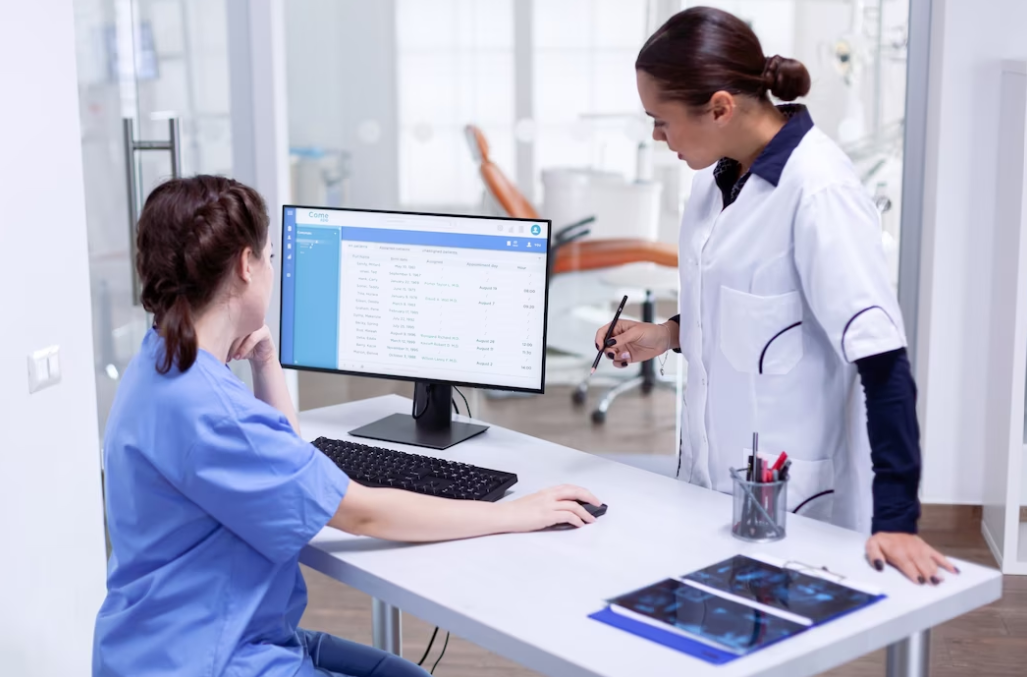Remote Patient Monitoring (RPM) is a wonderful technology that helps doctors and healthcare professionals check patients’ health without them having to visit the clinic frequently. While remote health monitoring systems can be a big help, there are some mistakes that physicians can make when using them. So, let’s check out the common mistakes that healthcare professionals need to avoid to ensure they are providing remote patient monitoring services effectively.
Neglecting Training
Providing healthcare professionals with comprehensive training while using remote patient monitoring systems is crucial. The training should cover various aspects, such as understanding the purpose of remote monitoring, specific devices used, and how to navigate the monitoring system. The training should also emphasize the importance of patient engagement and how to communicate with patients about remote health monitoring services effectively.
So, healthcare providers should never take training lightly. They need to be well trained to set up these devices and ensure accurate data transmission. Further, they should be equipped with proper knowledge and skills to explain the benefits of remote monitoring to patients, address any concerns or questions, and encourage active participation in their health.
Poor Device Selection
When it comes to device selection in remote patient monitoring, it’s important to choose devices that are reliable, user-friendly, and compatible with the monitoring system. It ensures a seamless and effective remote monitoring experience. The remote health monitoring devices should have a proven track record of accuracy and performance, which should be easy for healthcare providers and patients. It is necessary to consider certain factors like connectivity options, battery life, durability, and cost-effectiveness when choosing a device for monitoring the health of patients remotely.
No Data Security
Prioritizing data security while using remote patient monitoring is of utmost importance. Neglecting data security can put patient information at risk of unauthorized access or breaches. So, to avoid this, healthcare providers should implement robust security measures which include encryption, secure servers, and access controls. These measures help in ensuring that patients’ data remains confidential and protected from threats. As a result, physicians can build trust with patients and maintain the integrity of remote monitoring systems.
Lack of Clear Protocols
Clear protocols establish guidelines for healthcare professionals on interpreting and responding to different alerts or data patterns. Without clear protocols, healthcare providers may respond inappropriately to the data, leading to delayed care.
This can compromise patient safety and the effectiveness of remote monitoring. As a result, it can lead to a lot of confusion and inconsistency in how healthcare providers respond to the data collected by them through remote patient monitoring. These protocols should be communicated to all healthcare providers involved in the remote monitoring process, ensuring a standardized and coordinated approach to patients.
Final Words
Patient remote health monitoring systems are a transformative force in healthcare. They offer a wide range of benefits that lead to improved patient outcomes, cost savings, and more efficient healthcare delivery, provided one avoids common mistakes. If you are providing remote patient monitoring service to your patients, make sure you are not committing the mistakes we talked about in the blog.

